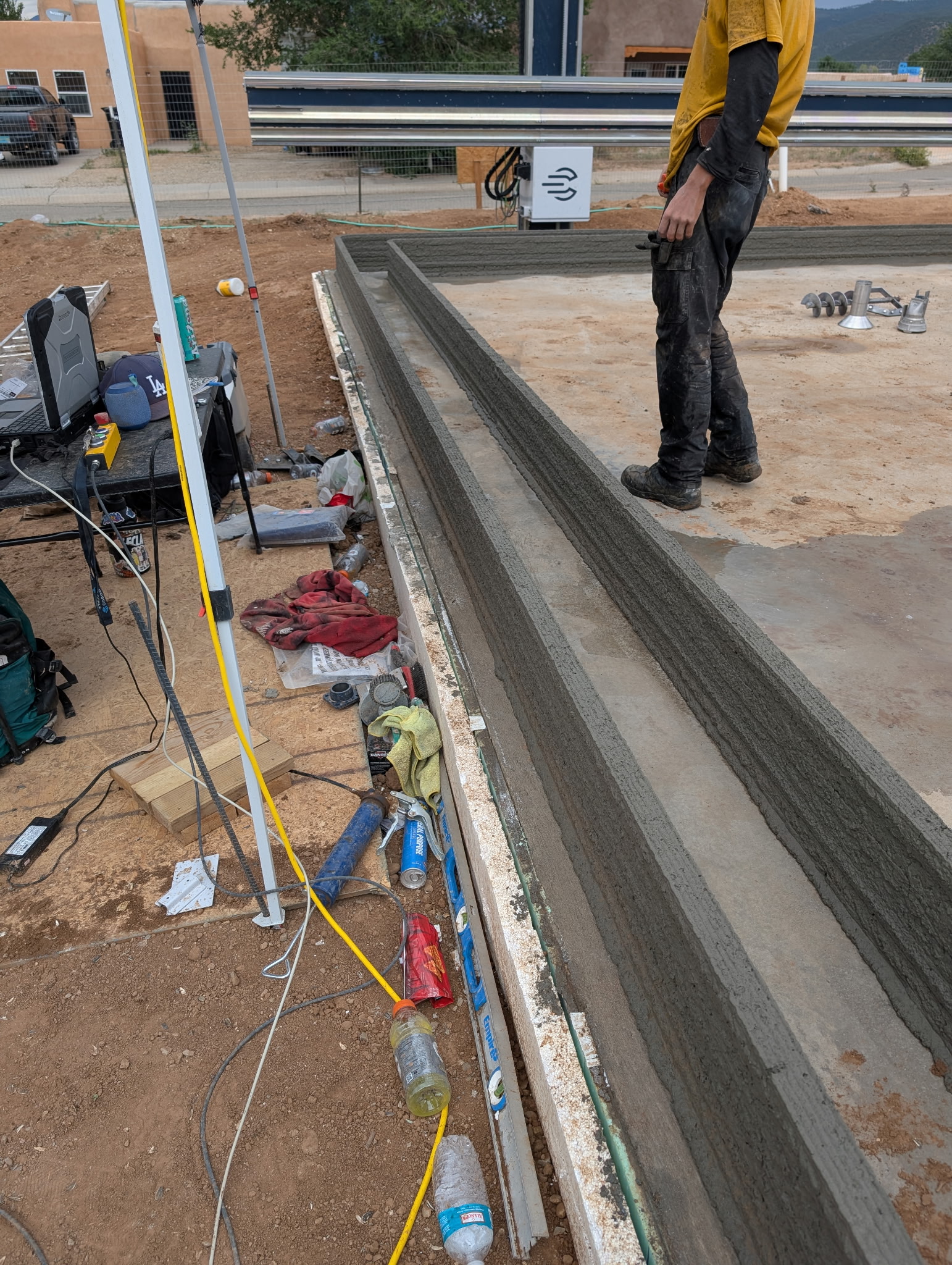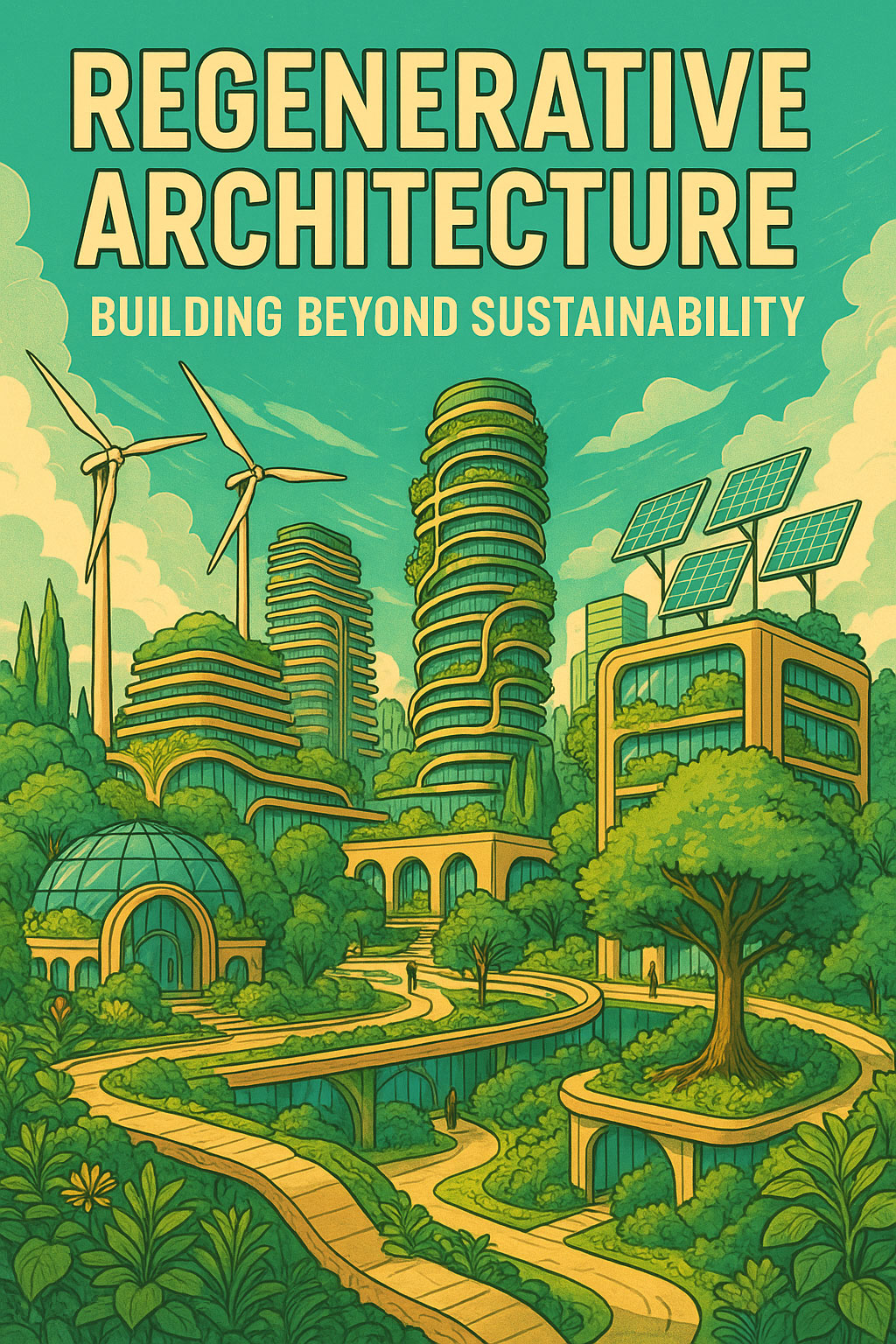You can get much bigger inverters on 24V or 48V than 12V. There are a number advantages in opting for a higher DC supply voltage.
– For any given load, half the DC current and losses are down by ¼. Reduced fire risk.
– Better input regulation. 0.5v line drop at 12v = 4.6% supply drop whereas 0.25 v line drop at 24v = 1.04% drop.
– Better inverter efficiency and regulation. i.e. Less losses converting to 240 VAC. An inverter doesn’t have to work as hard to keep its AC output constant.
– Larger usable operating voltage window (for acceptable DOD) available from batteries.
Up to 3kW max demand a quaility 24 volt inverter would still be ok.. the rule of thumb is max current demand from inverter should not be over 120-140amps. If over 3KW indeed go for 48 volt system. 150 amps is the limit for cost effective cabling, switching, breakers & fusing.

In short, your energy consumption should determine the voltage of your power system. You should not have continuous currents greater than 100 Amp.
Power – Current – Voltage
1,000 Watt = 83 Amp @ 12 Volt
2,000 Watt = 83 Amp @ 24 Volt
4,000 Watt = 83 Amp @ 48 Volt
20,000 Watt = 83 Amp @ 230 Volt
The higher the current (measured in Ampere or Amps) the bigger the components need to be. High currents require large diameter cables and fuses, both of which are expensive. By doubling the voltage you get double the power (Watt) at the same current.
Dealing with currents over 100A is costly (and therefore inefficient) and potentially dangerous. A perspective: a standard household extension cord is rated at 10A max. current. 100A would probably melt it and could start a fire!
Industry Standard
12 Volt used to be a standard for extra low voltage power systems. Today, most systems are 24V or 48V and include a 230V AC inverter. This means the wiring of the house does not have to be different from any other grid-connected household and cabling cost is greatly reduced.
We advise that you get an electrician to wire your house for 230V AC. This way you can use standard AC appliances and lighting, most of which are a lot cheaper to buy and many are becoming quite efficient.
System Size
In the past we tried to reduce the cost of an off-grid system by limiting its size. This was achieved by using 12V or 24V appliances & lighting that do not require an inverter. In recent years, inverters and solar panels have become more efficient and a lot more affordable. In addition, most customers seem to want more power over the years. A 12V DC system with a tiny inverter is difficult if not impossible to upgrade/upsize. Not to mention that only very few companies sell extra low voltage appliances or lighting.
another calculator online: see http://www.rapidtables.com/ca
It’s mostly a matter of distribution. You can use smaller cable to distribute the same power using higher voltage. So, if you have a big DC motor to run, or want to run something a long way away from the batteries, 24v will allow you to get power there using smaller cable. In some installations this can be a big money saver, or allow larger services, but it’s not always better. You will also need more batteries with higher voltage, so it’s not a magic bullet for a less expensive system.
Off-Grid Living Systems
Water | Power | Waste Water Treatment | Heating/Cooling
The systems of a building. These are the systems that go into the structural shell of the building for occupancy. Some or all of these systems can be used instead of the conventional methods to provide utilities to buildings. This can make the build more sustainable, secure and healthy than only using conventional utilities.
All systems can have automated conventional backups. All systems can be added to existing conventional buildings as a renovation project.
Living with sustainable off-grid systems enhances our lives, secures our lives and is a better investment than conventional buildings.
This increases both psychological and physiological comfort.






Leave A Comment